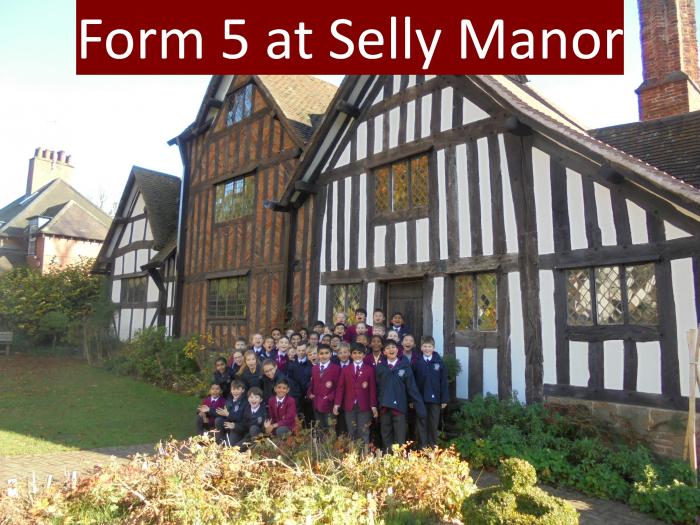
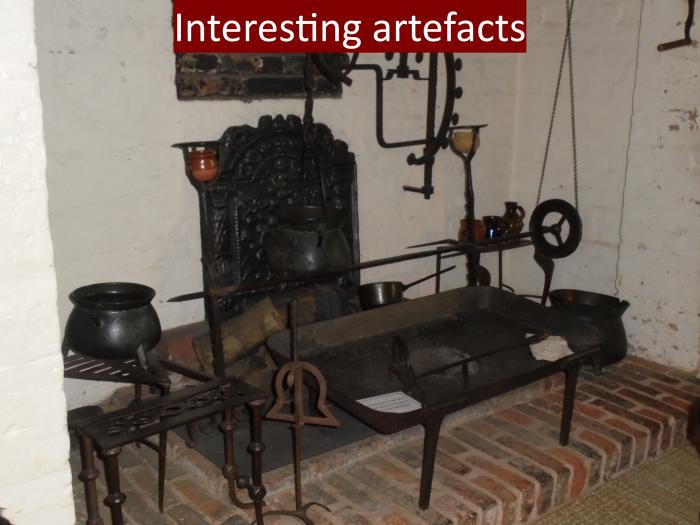
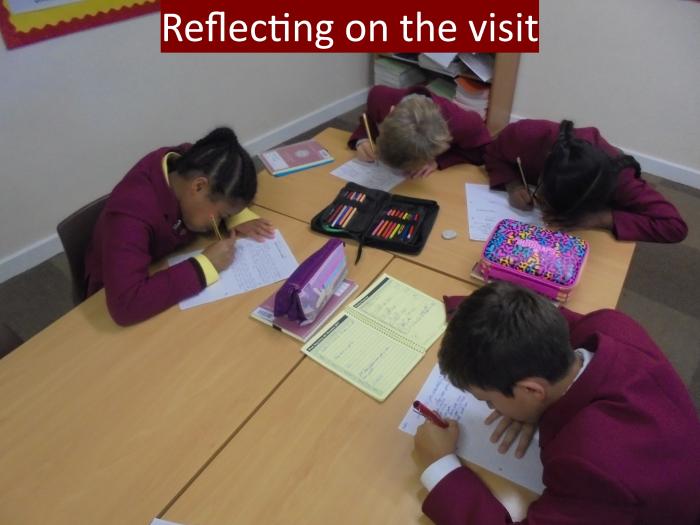
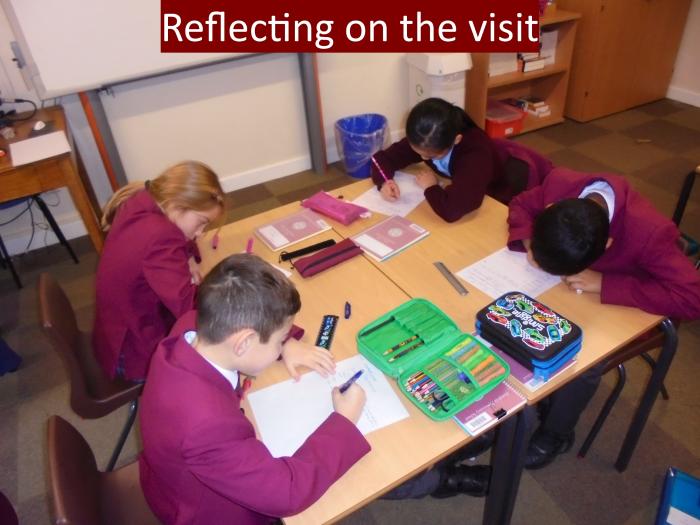
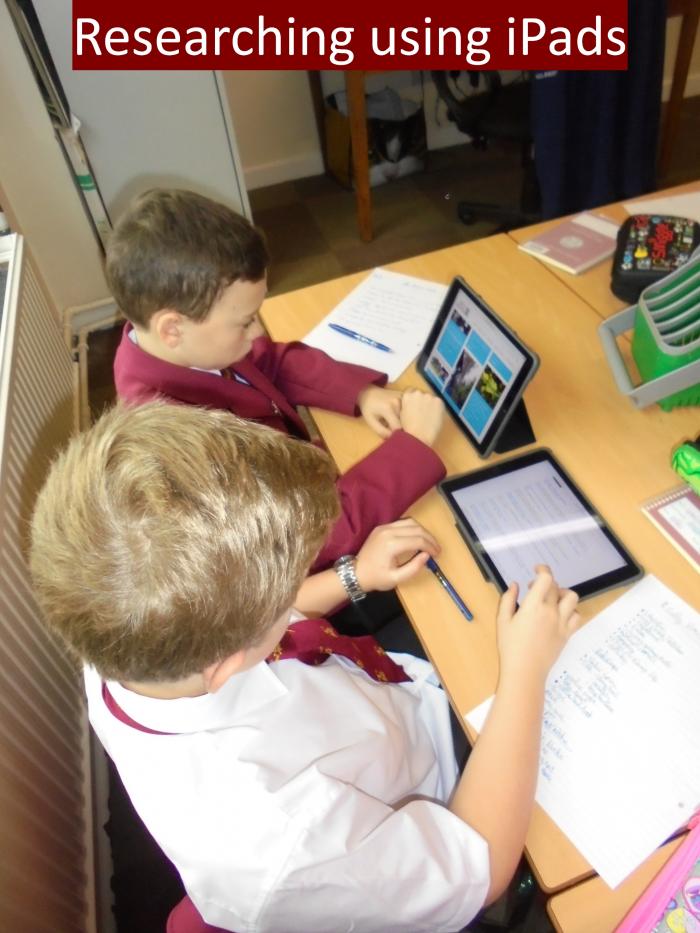
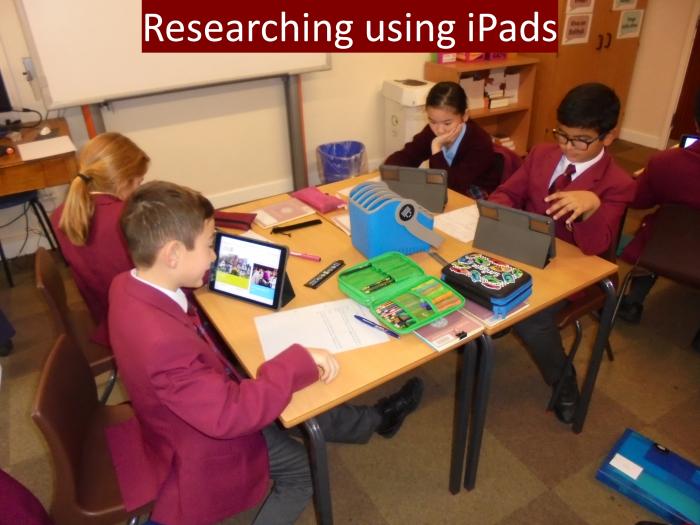
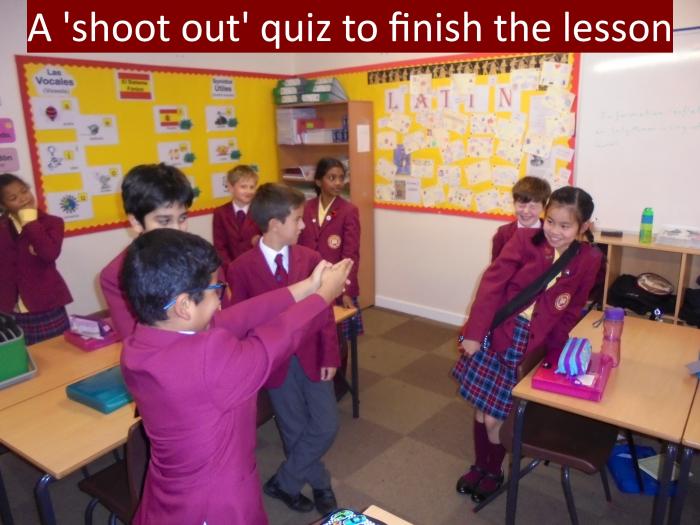
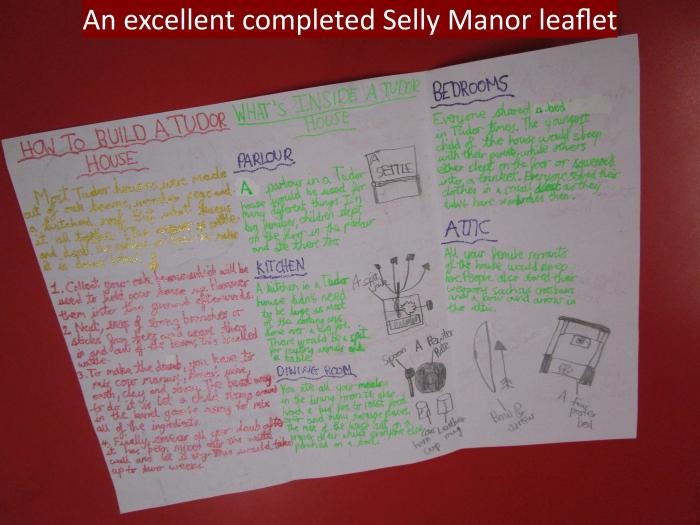
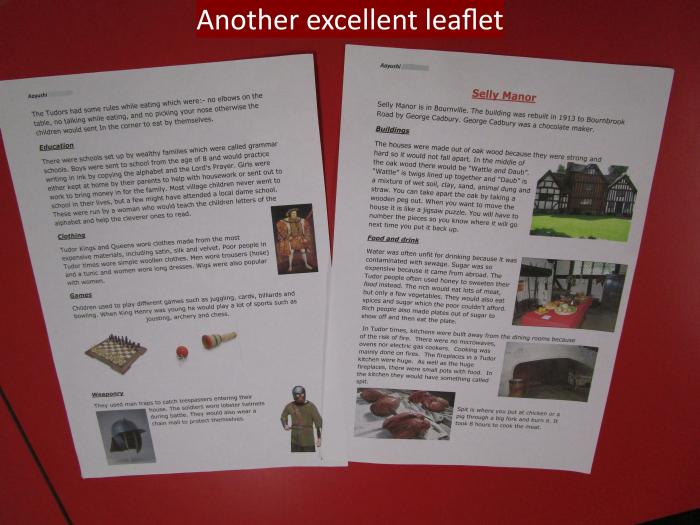
Selly Manor Reflections
Last week Form 5 enjoyed a visit to Selly Manor, a Tudor house now part of the Bournville estate in Birmingham. Having returned to school, Mr Leonard gave the children in 5GH an opportunity to reflect on what they learnt there, in particular on some of the many surprising things they discovered about life in Tudor times.
The visit has come just over half way through a whole term’s work on the Tudors. Thus far the emphasis has been on the monarchy, primarily Henry VII and Henry VIII, but it will now shift towards elements of daily life such as food, clothes, children and the wildly differing experience of the rich and poor.
It was fascinating to look at some artefacts dating from Tudor times. The dining table itself provided a stark reminder of the contrast between wealthy householders and the servant class. Only the most fortunate could expect to dine off smart pewter plates. The poor had to make do with a rough wooden trencher. How ironic that these wooden boards are now so much in vogue these days in high end restaurants! Tanvi was astonished to see a cone of brownish sugar in the kitchen, from which servings had to be chipped when required. Where was the handy bag of white sugar we would expect to find in kitchens today? Tanvi was equally amazed to learn that a cone of sugar could cost up to £200 and was considered the very height of luxury, as it was imported from a country a long and difficult sea journey away. In fact, exploring Tudor food in general provoked numerous questions, including the emphasis on root vegetables in the diet of poor people and, for everyone, the complete absence of potatoes.
Naomi was horrified to learn about the sorts of chores likely to have been performed by children of her age and younger. How awful to have to go out in all weathers to feed the chickens and milk the cows, tramping through the mud without proper footwear! It was a real eye opener. Likewise, Huw was quite adamant that he did not fancy the job of the kitchen boy responsible for turning the spit as the meat roasted. Eight hours standing by the hot fire pit sounded like a miserable way to spend time! Meanwhile, Zack was interested to hear how rich people could wear sumptuous colourful clothes whilst the poor had to make do with rough, scratchy garments in dull colours.
Everyone agreed that the guide at Selly Manor had made the past come to life in a special way. Amelia loved the fact that people had the chance to be active, dressing up and playing games, rather than merely sitting and listening, and that made the visit more memorable.
To help focus their ideas, Mr Leonard asked the children to design a leaflet for Selly Manor, a task which they completed for homework. After noting down some initial thoughts, iPads were used for further research. Then the focus moved to presentation, and what should and should not be included.
Mr Leonard was extremely gratified to discover how much everyone had remembered from their visit and, quite clearly, what the children saw at Selly Manor will help them gain much more from their History lessons in the weeks to come.